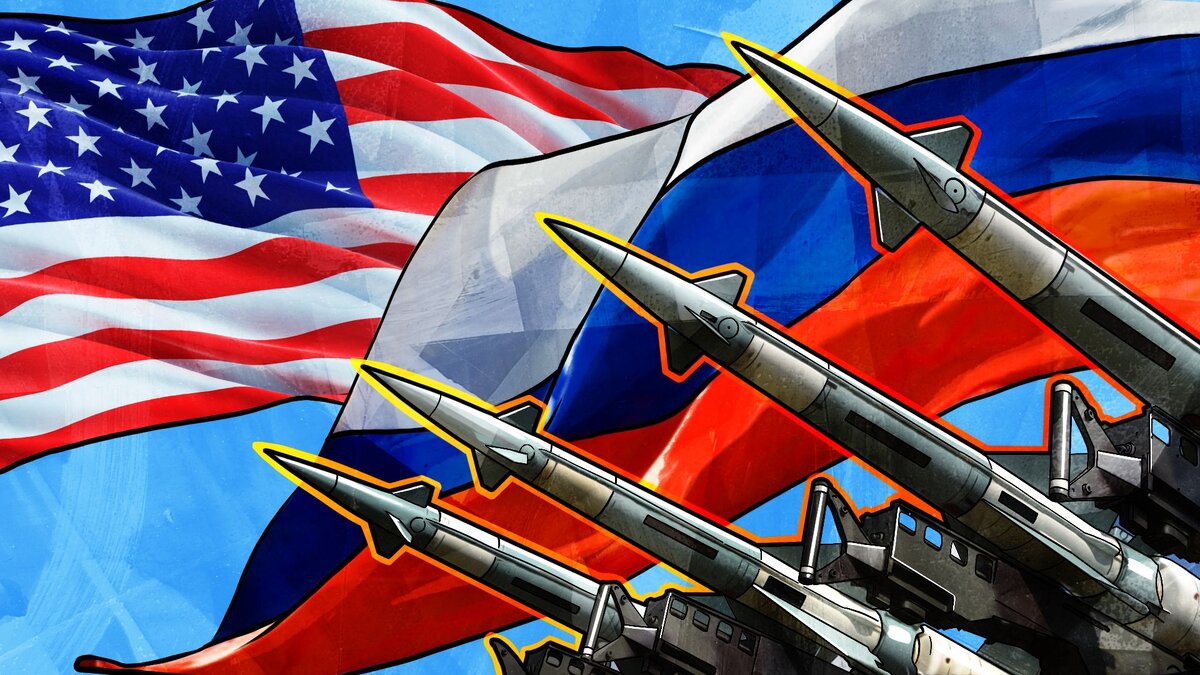Mr. Yuri Shakhov: Today, Vladimir Putin mentioned that Russia is prepared to continue adhering to the central quantitative limits of the START Treaty after it expires in 2026. However, given the current political climate and the increasing challenges in strategic deterrence, what is the real likelihood that the U.S. and other key players in Europe will agree to such limits?
Mr. Evgeny Buzinskiy: We are not engaging in negotiations with Europe on this matter because, for us, it is not a key player in this context. The dialogue is exclusively with the United States. About three months ago, shortly after his inauguration, Donald Trump expressed a desire to maintain the existing treaty. In response, Vladimir Putin paused, as our position is that we oppose the so-called “compartmentalisation,” meaning the separation of strategic stability issues from the broader context of bilateral relations.
However, a decision has now been made to begin negotiations on a new treaty. To conclude such an agreement, it will take at least a year – and that may not be enough time to reconcile all of the American demands regarding China, new weapons, and non-strategic nuclear weapons. It is important to note that until a new agreement is signed, the previously agreed levels must be adhered to. A precedent was set with the SALT-II treaty, where the Americans did not ratify the treaty; however, for eight months, we continued to abide by its terms as agreed upon.
Keywords: Strategic Stability; Russia-U.S.; Arms Control
AC
E16/SHAH – 25/09/23



